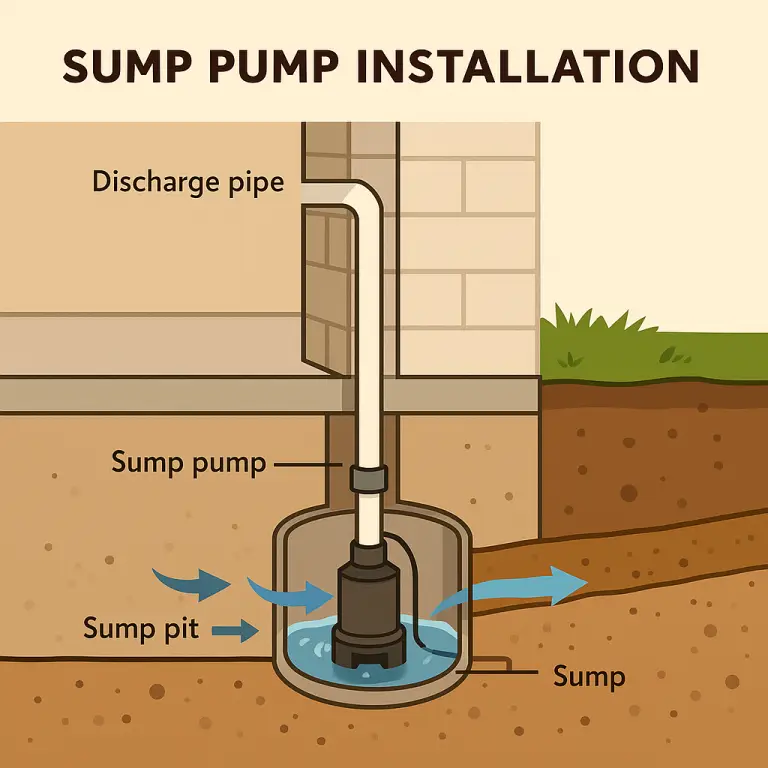
Sump Pump Installation & Service
Protect Your Basement from Flooding — Before It Starts
A sump pump is one of the most effective solutions for preventing basement flooding, especially if your home is below the water table or prone to water buildup during heavy storms.
At UPR, we provide professional sump pump installation, replacement, maintenance, and emergency backup solutions to keep your home safe and dry — year-round.
Why You Need a Sump Pump
Water can accumulate in your basement during storms, plumbing issues, or due to hydrostatic pressure from the surrounding soil. A sump pump automatically removes that water and safely redirects it away from your foundation.
Key Benefits:
Prevents flooding and water damage
Helps reduce mold, mildew, and allergens
Protects your home’s structure and air quality
Offers peace of mind during storms or power outages
How Sump Pump Installation Works
Installing a sump pump requires precision and experience. Here’s how we do it:
Identify the Lowest Point
We locate where water collects most frequently in your basement.Dig the Sump Pit
We carefully break through the concrete (without compromising structural integrity) to install a sump basin — a large plastic bin that houses the pump.Install the Pump and Piping
The sump pump is connected to a discharge pipe that runs upward, through the wall, and away from your home for proper runoff.Test & Power Up
If needed, we install a nearby electrical outlet and test the pump for full functionality.
Battery Backup System
A power outage during a storm is the worst time for your sump pump to stop working.
That’s why we recommend a battery backup system — so your pump stays operational even when the power’s out.
Repair & Replacement Services
Already have a sump pump but not sure if it’s working properly? We offer:
Full diagnostics and performance testing
Pump repairs or part replacement
Complete sump pump system replacements
Scheduled maintenance for long-term reliability
If your pump fails when you need it, it could mean costly damage. Our regular maintenance plans give you peace of mind — knowing your system will kick in the moment water starts to rise.
What Kind of Pump Do You Need?
Every home is different. The size and type of pump you need depends on:
Your basement’s size
Your home’s elevation and water table
Drainage layout and weeping tile condition
Whether you already have flooding/moisture issues
Let a licensed UPR expert assess your home and recommend the right solution.
We’ll provide a free consultation and estimate.
UPR: Your Sump Pump Experts
Whether you’re installing a sump pump for the first time or replacing an outdated one, UPR delivers:
Trusted, licensed professionals
High-quality pumps and materials
Clean, efficient installation
Affordable options and clear pricing
Ongoing support, repairs, and maintenance
Don’t wait until the next storm to find out your basement isn’t protected.
Contact UPR for sump pump installation or service — and get your free quote today.





